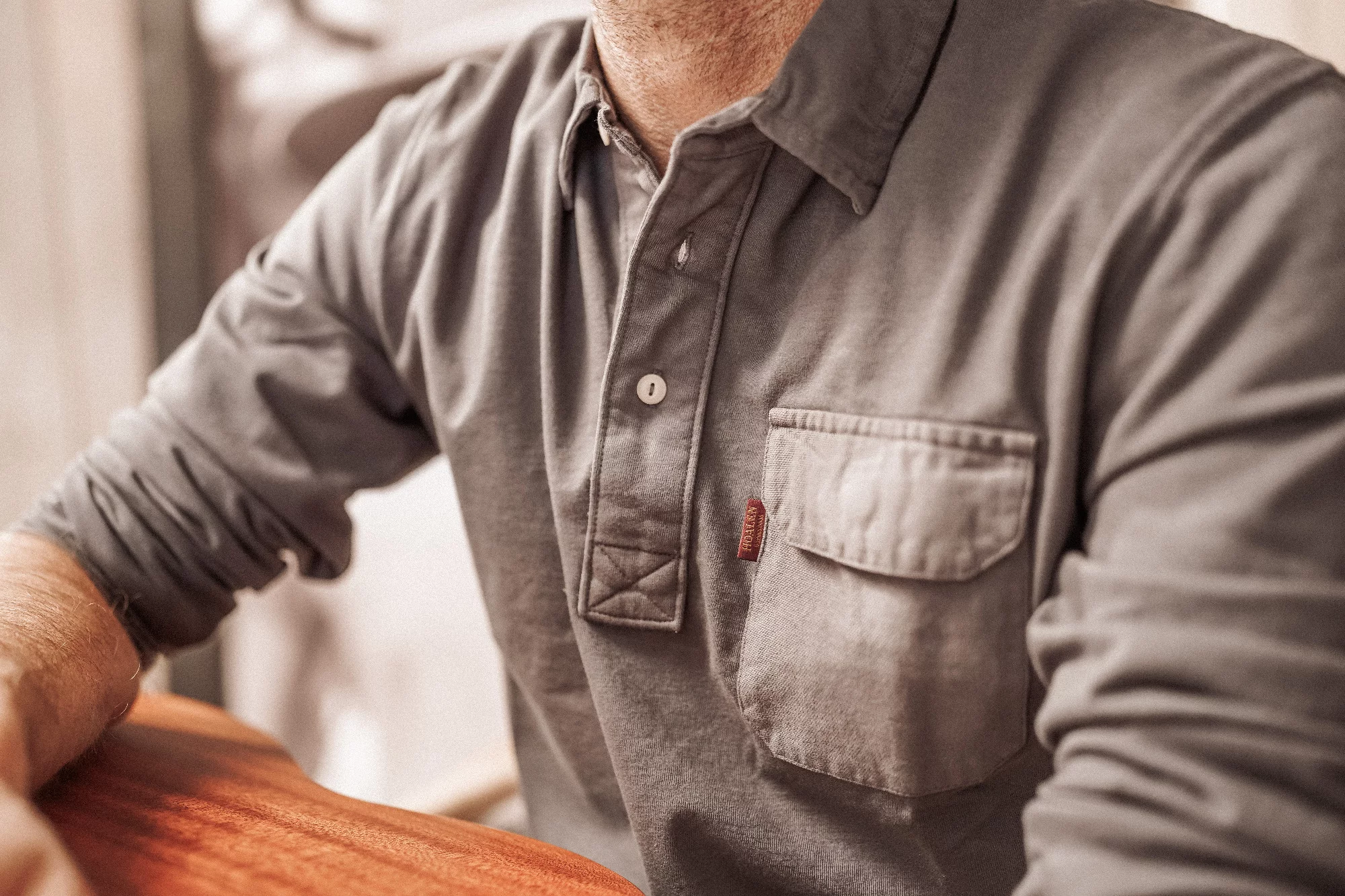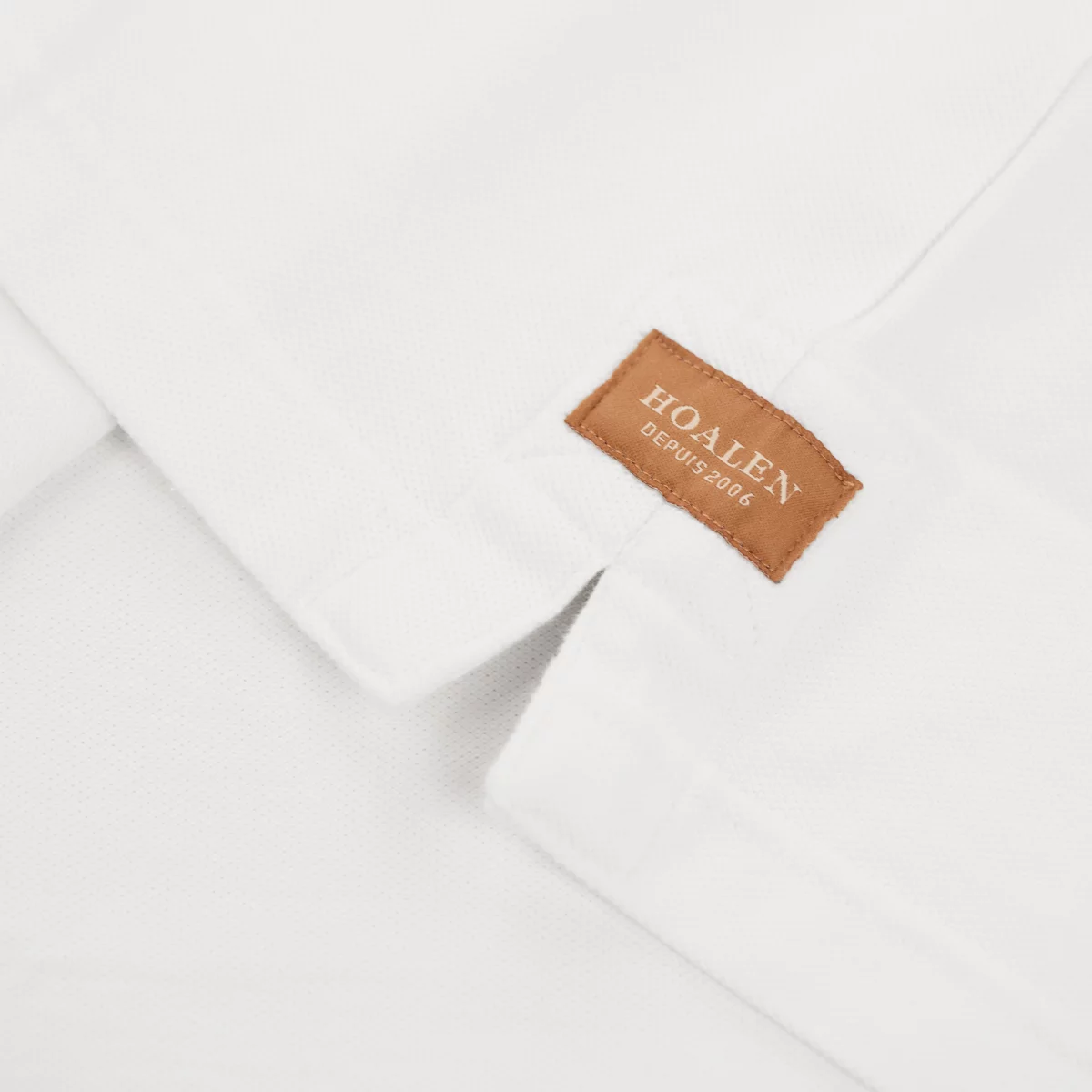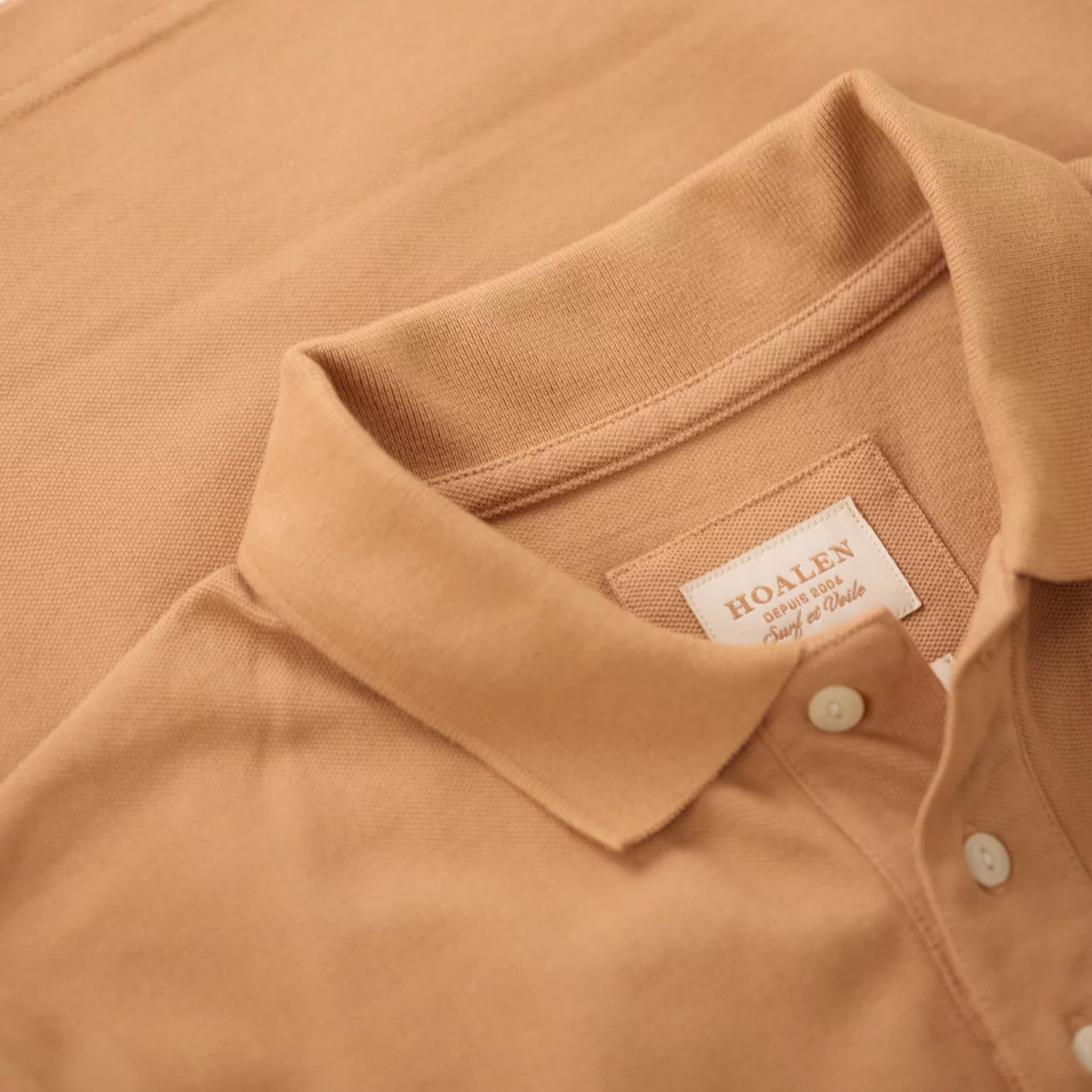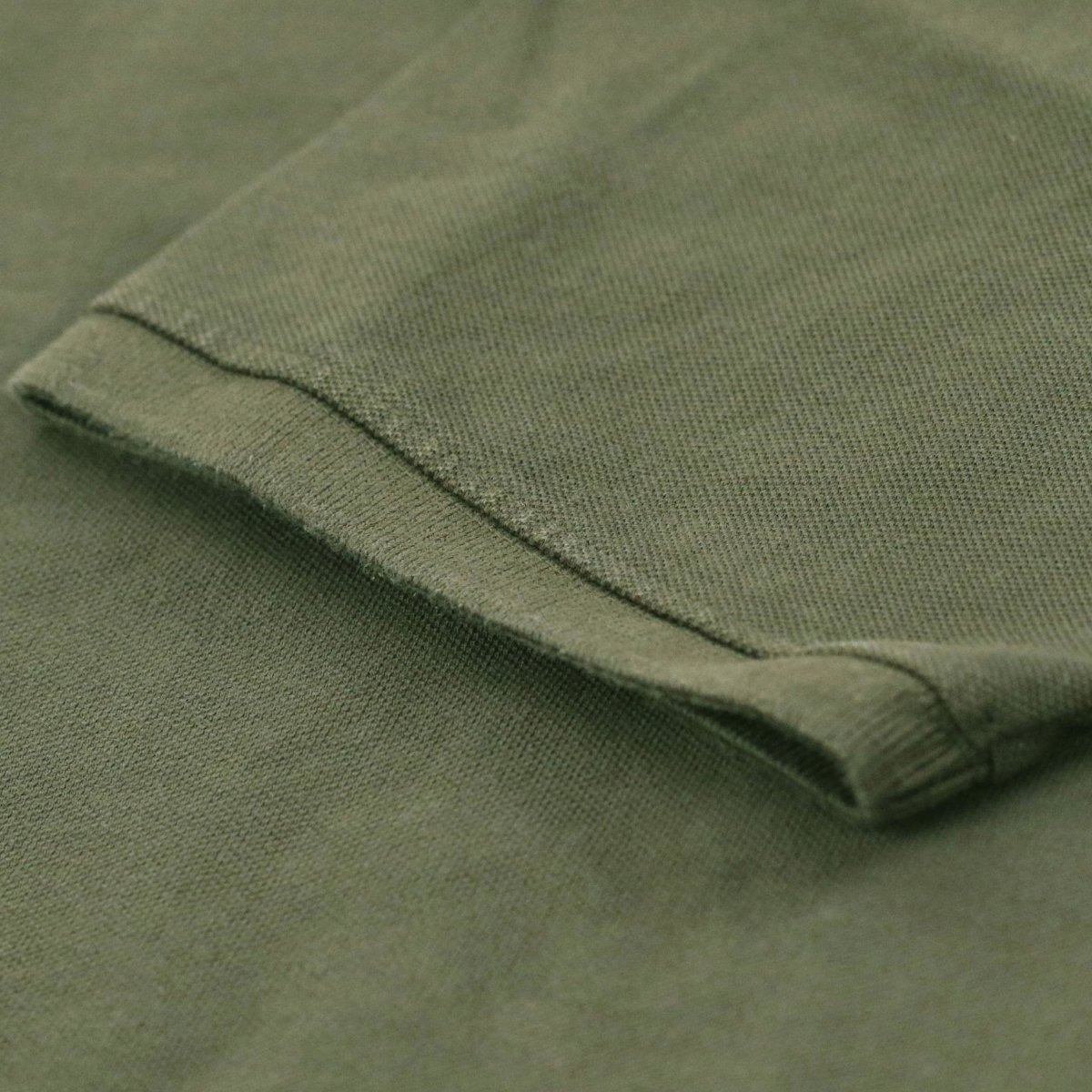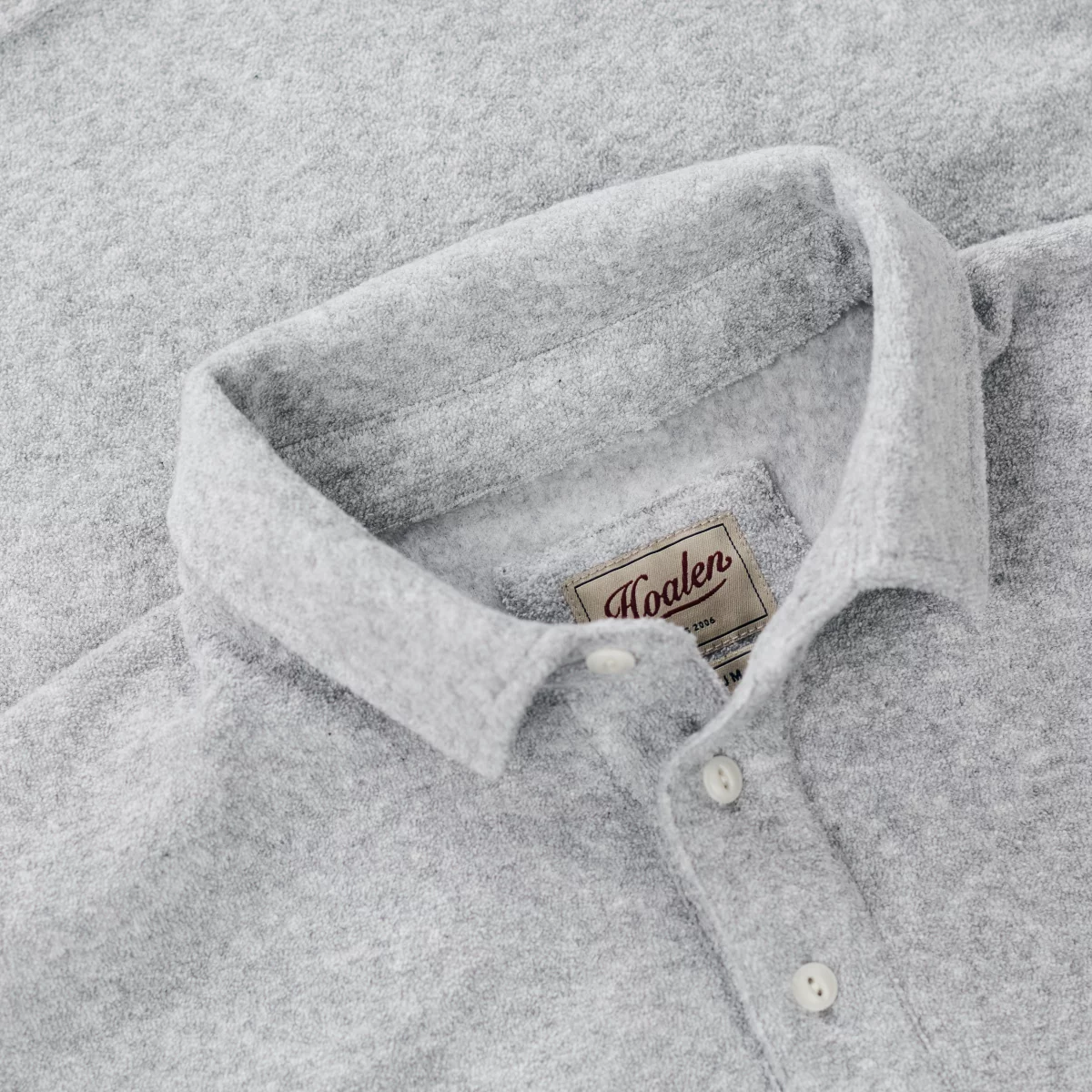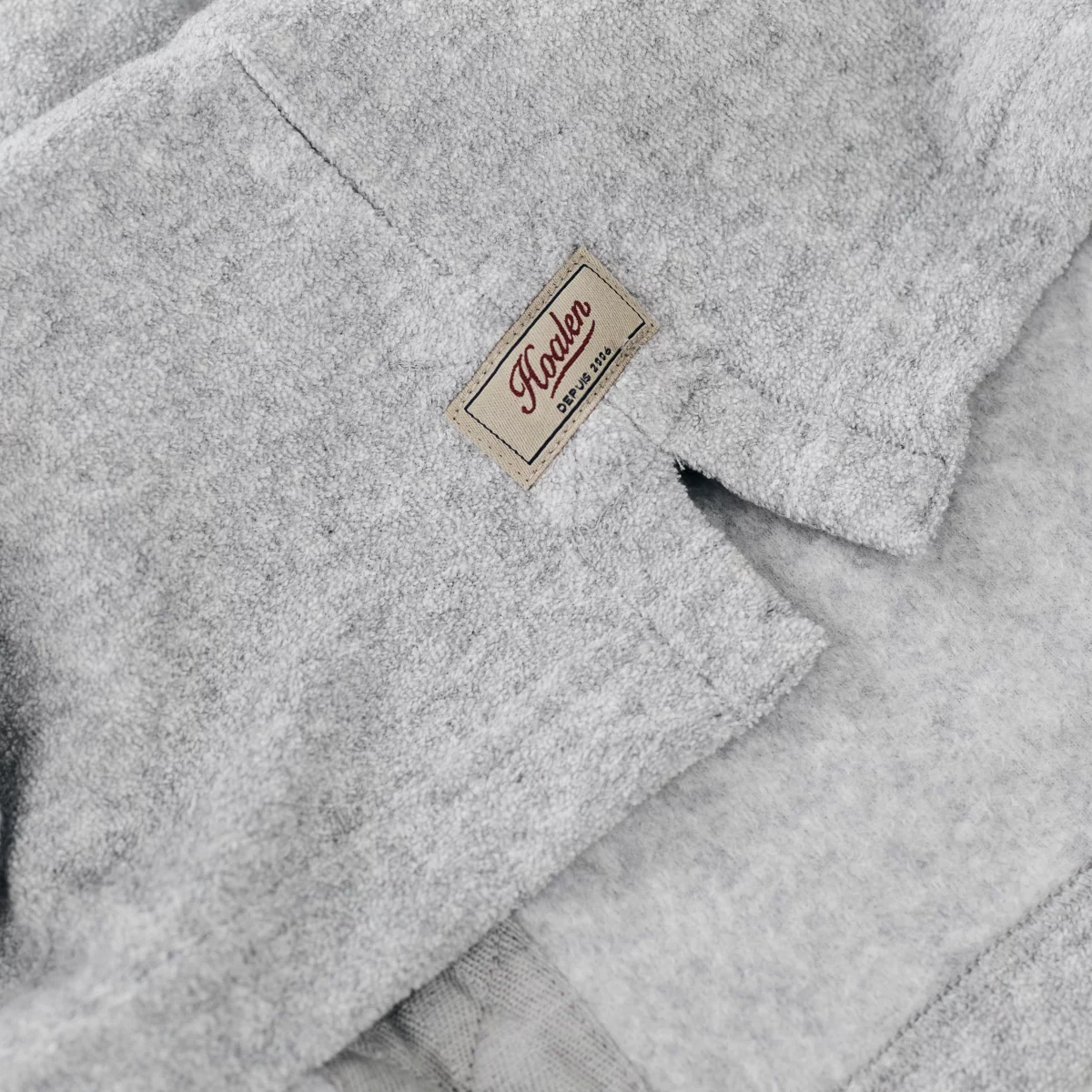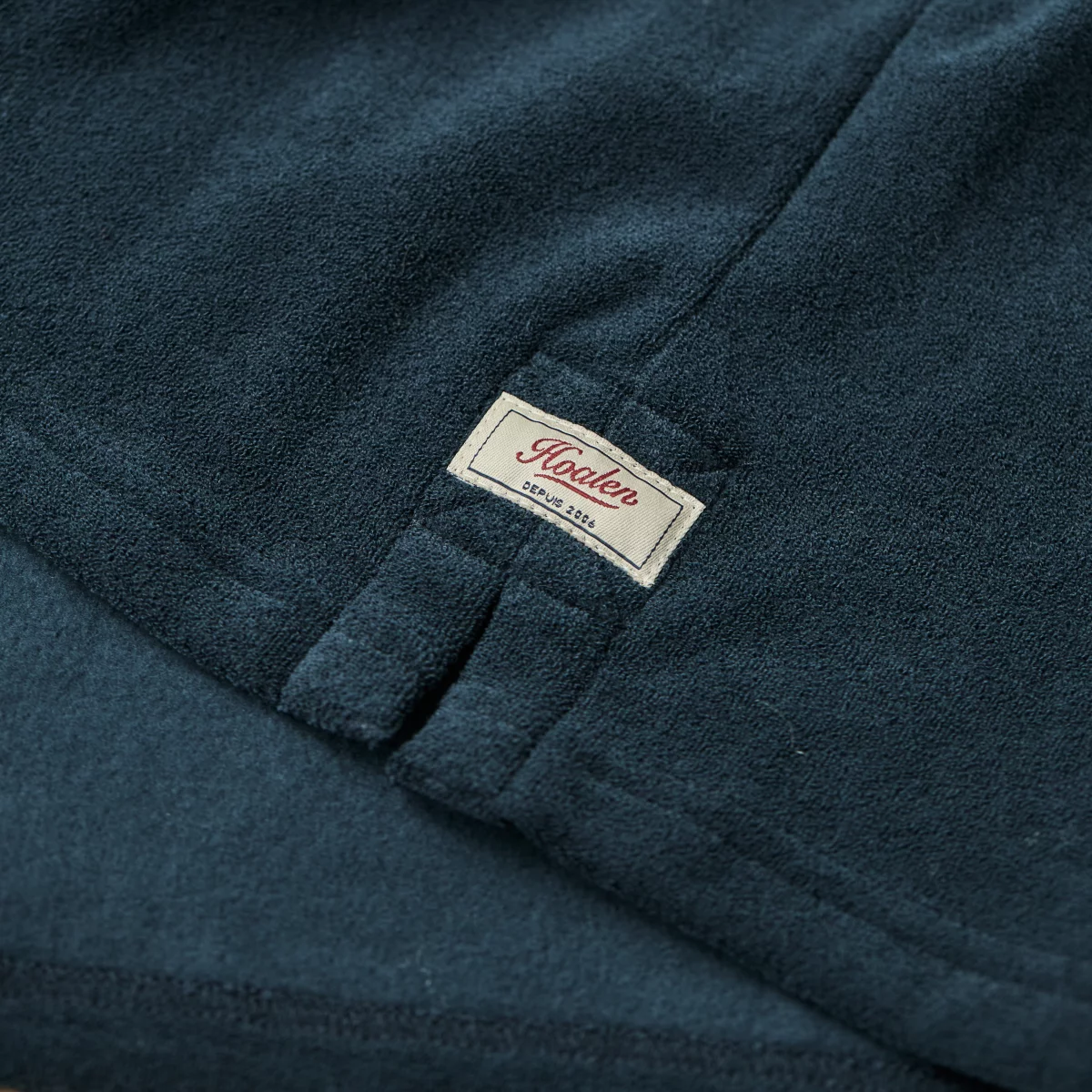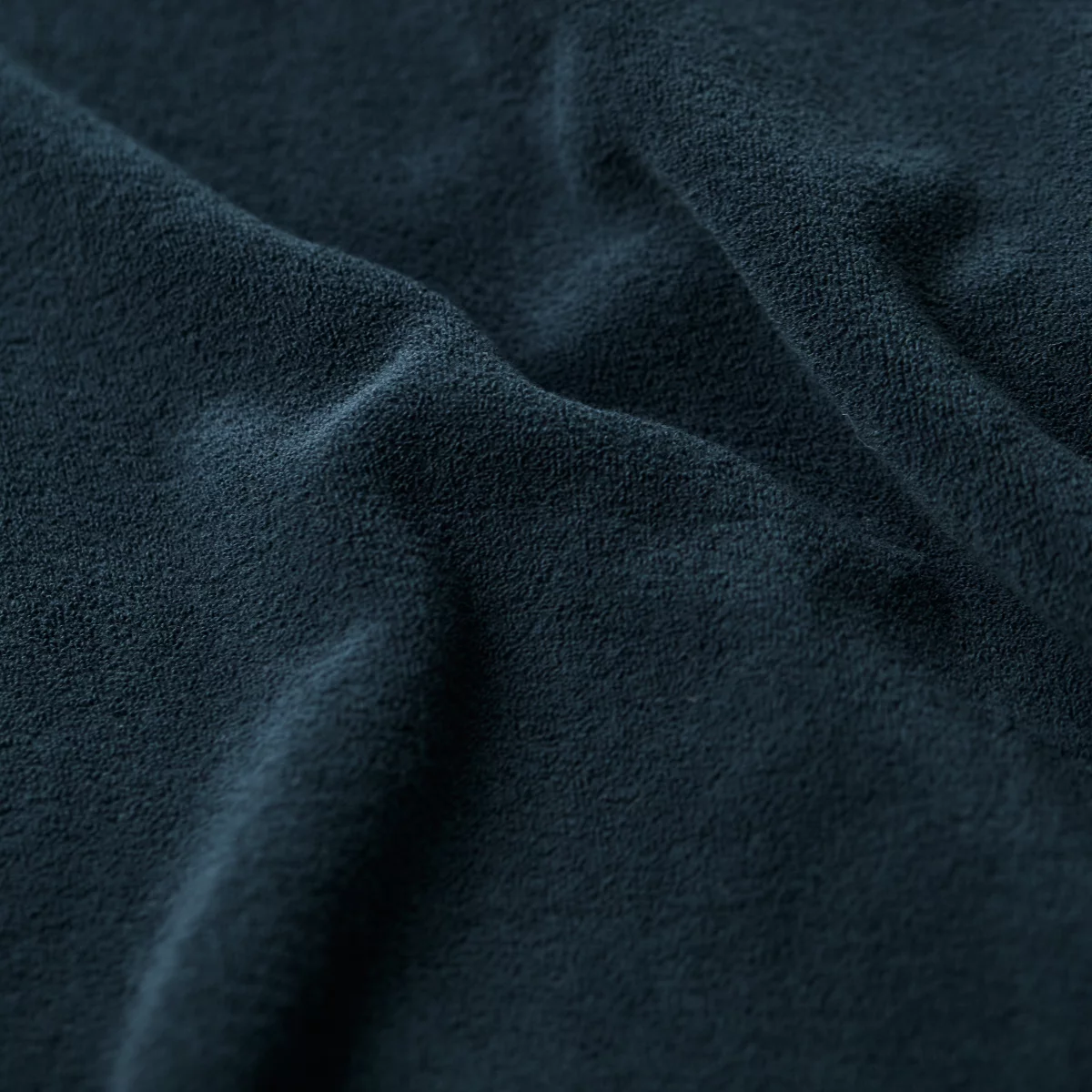The story of the polo shirt
How a French crocodile revolutionized sportswear fashion
As summer approaches, polo shirts become as ubiquitous as sunburn, boat shoes and rosé. While jersey shirts and sweatshirts dominate casual sportswear style for nine months of the year, in summer polo shirts reign supreme.
If you don't mind, let's define what a polo shirt is. As you can see from the title, a polo shirt is a shirt, whether you like it or not. Generally knitted in cotton piqué, it features short sleeves, finished with a stiff collar, open and buttoned. Variations in fine wool or even terry cotton have modernized this men's wardrobe classic. The characteristics that truly define the polo shirt are the functional aspects of its creation.
If we were to define polo in layman's terms, this would be its definition:
Polo, masculine noun: a clever cocktail combining the elegance of an oxford shirt and the comfort of a t-shirt.
In 2006, when we created our first ranges, we realized that a good-quality polo shirt was surprisingly hard to find. A comfortable fit, solid fabric, the right level of detail and finish, not forgetting a little sobriety! The polo shirt, in its original form, has become a rare gem. We incorporated this essential piece of the sportsman's wardrobe into our collection and have been following it ever since.
A code-breaking crocodile
Our story begins on the tennis courts. At the beginning of the 20th century, tennis was played in a “white suit”: an outfit consisting of a long-sleeved white shirt, a sweater, white flannel pants and even a tie: an outfit ill-suited to high-level sport.
While it remains perhaps the most elegant playing outfit to date, it became clear by the mid-1920s that a way had to be found to refine and reinvent this uniform to suit the player's performance.
Enter René Lacoste, multiple French tennis champion. Stage name: the crocodile. Considering the uniform of the time to be stiff and uncomfortable, Lacoste developed a soft-knit cotton pique, which he called “jersey petit piqué”, to create a shirt with a flat collar, a back longer than the bust to cover the back during the player's movements, and a short buttoned placket.
He presented his creation at the 1926 US Open championship, and a year later embellished his work with a crocodile emblem, in homage to the nickname the press had given him.
In addition to his seven Grand Slam titles, Le Crocodile also created a men's wardrobe essential. A garment that solved all the problems associated with the attire of the time: the short sleeves - with an arm-hugging cuff - eliminated the sleeve problem that arose when he sent a powerful backhand down the court; the “tennis tail” at the back of the polo prevented it from slipping out of the pants during a quick rally; and the collar, made from the same breathable piqué, was designed to be turned up if necessary for protection from the sun.
When Lacoste retired from professional tennis in 1933, it began marketing polo shirts, with great success, through La Société Chemise Lacoste.
Life off the court
The name "polo" comes from the popularity of this garment among polo players, who used to wear shirts. One brand in particular has played a major role in the confusion between sport and garment: Ralph Lauren.
In the 1970s, the very young Ralph Lauren brand associated its name directly with “polo” by creating its famous logo: a player from the sport's namesake. With its Polo Ralph Lauren brand and growing renown, the American giant used this amalgam as a marketing tool, even incorporating it into everyday language.
Today, the polo shirt is an essential in the sportswear wardrobe. Extremely versatile, it is available in a wide variety of cuts and fabrics. You can wear it casually over shorts in summer, or dress it up under a jacket or sweater, for example.
For our polo shirt, we've done away with any pockets or logos. We want to stay true to the classic polo shirt. We want it to be versatile, sober and, above all, robust. We've made it from classic 370 gsm pique cotton, a hard-wearing fabric that ages beautifully with exposure to sun and weather. It's a timeless garment, after all. Something to wear and wear out, at least as long as time permits.
We've also thought about our customers who are looking for comfortable polo shirts that break away from the classicism of the original piqué shirt. We've developed a range of polo shirts in soft, comfortable terry jersey. Available in two colors: a mottled gray and a deep navy blue, these colors and their bouclette texture make them easy to combine, combining comfort and elegance. The terrycloth reverse side is brushed for added softness.
